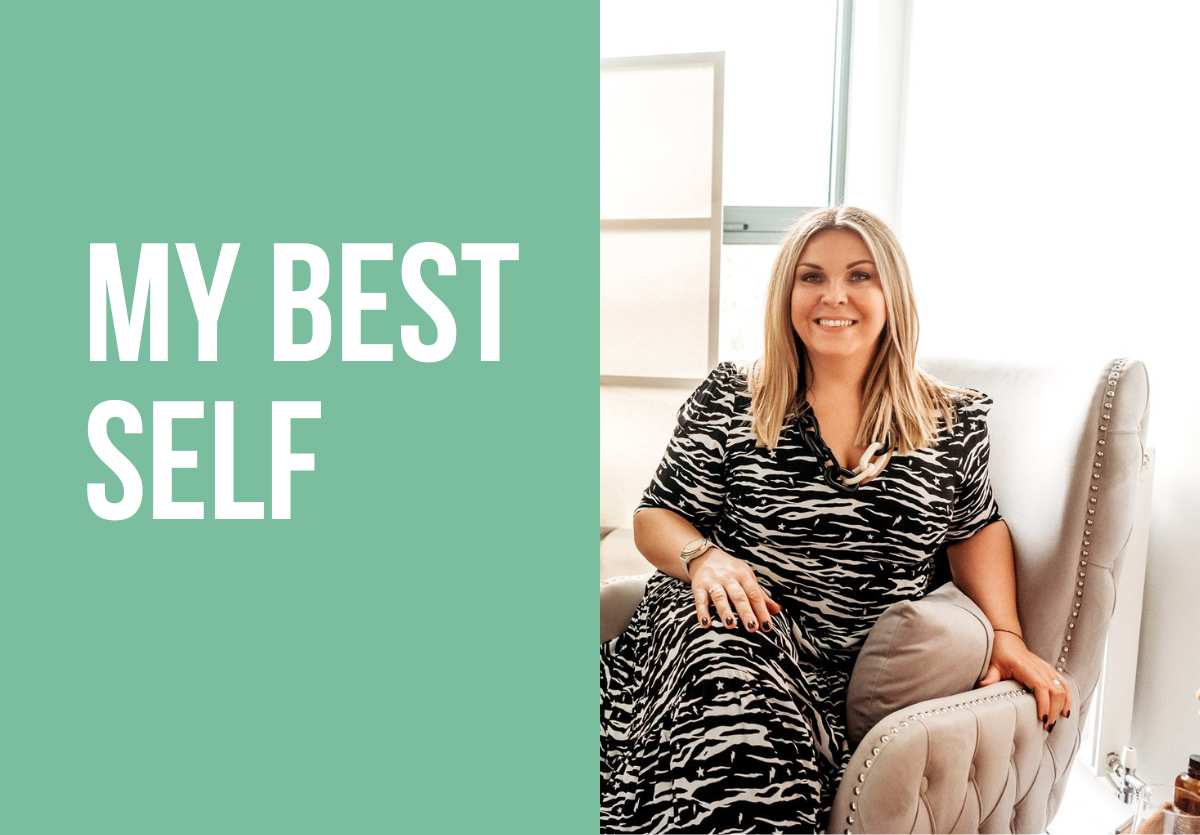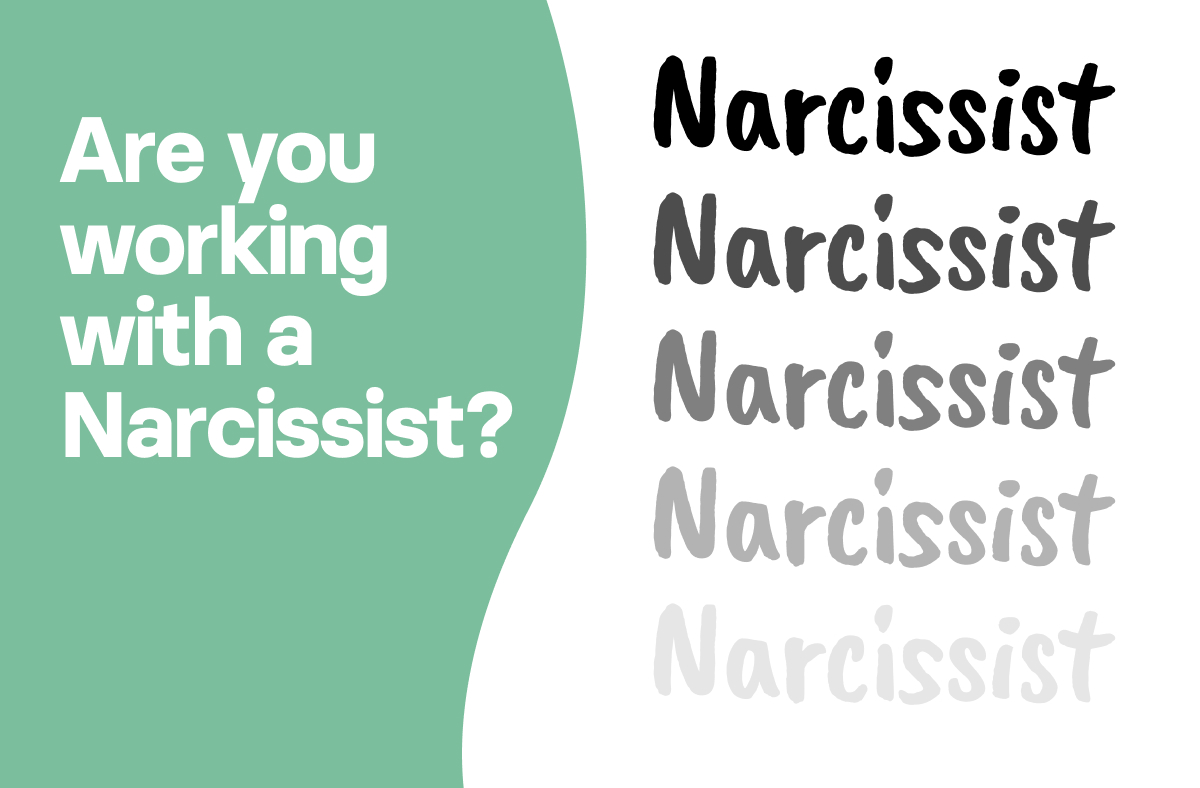
Deep down inside, every one of us has the desire to be the best version of ourselves.
All kinds of societal pressures also tell us we need to be perfect.
Additionally, millions of self-help books purport to help you perfect your routine, productivity levels, and habits to be the best version of yourself.
And influencers on social media make it look like being perfect is possible if only we were them.
The truth is, only one thing is standing in the way between where you are and being your best self: you.
There isn’t a life coach in the land who doesn’t talk in some or other way about being the best version of you. But how often do you hear about the ‘worst self’? How do you feel about the term?
I have clients who come to me all the time with their main goal being to be their best selves. One thing I always maintain throughout my coaching is that you need to experience and understand your worst self before you can attempt to be your best self. Without this crucial step, you’ll simply be wearing a mask and pretending to be your best self when the truth is you’re the furthest thing from it.
Uncovering your worst self
I’ve spoken before about the competence model. It’s made up of four stages, with your worst self-sitting firmly in the incompetent box. This means the behaviours that don’t serve you and hold you back the most aren’t visible to you, yet.
The first step to truly being your best self is to take a step back and deeply understand and examine the parts of you that make up your worst self. Only through doing this can you start to see the best parts of you emerge. And, as you move through the competence stages, your best self-starts to show up more frequently and naturally.
Sitting with your worst self is uncomfortable and by no means an easy feat. No one wants to uncover and examine the parts of themselves they don’t like. But if you want to remove your mask and let the real, best you shine through, it’s something that must be done.
Finding those worst self-parts can be tricky if you don’t know what you’re looking for. That’s where I come in as a coach. What I do for my clients is hold up a mirror to their worst self to see what they don’t and can’t.
Managing your worst self to become your best self
Imagine you want to plant a new prize rose in a raised flowerbed. You find that the soil is the perfect type to ensure your rose grows well. You sprinkle it with fertiliser to ensure it is nourished, and you have high hopes that everything will go well.
However, what you don’t know and haven’t realised yet is that a tap root system lies hidden beneath the surface of the soil. These tap roots are deep and winding, and can easily send pesky weeds up through the soil to strangle your beautiful rose.
You didn’t know the roots existed, and you didn’t realise that they had the potential to prevent your prize rose from growing and flourishing.
This is exactly the case when it comes to being your best self. Deep down, on a granular level, there are parts of yourself – your worst self – that prevent you from being the best you can be. And you probably don’t even realise those parts of you are there.
- Prize rose: Your best self
- Soil: Empowering beliefs
- Fertiliser: Self-help and self-care
- Tap roots: Worst self
When you become consciously competent at managing your worst self, you give your best self the chance to thrive.
What are worst self-behaviours?
Some behaviours common to our worst self-include perfectionism, persecution, people pleasing, and pretending. These behaviours keep us from being the best version of ourselves and living the life we deserve. These factors are often accompanied by limiting beliefs and negative self-talk patterns that are hard (but possible) to break.
First up is perfectionism. Perfectionism is wanting things to be just right at all times. This is an intangible goal that you will rarely meet and puts you under enormous pressure. It also means that when things go wrong, they feel far more overwhelming and earth-shattering than they actually are. Often, perfectionism leads to persecution, the next worst self-behaviour of the four p’s.
Persecution includes blaming and criticising yourself – often because things didn’t turn out perfectly – or others. We are often so hard on ourselves that, when things go wrong, we beat up on ourselves and really drag ourselves over the coals. We may also turn to blaming (or persecuting) others for things that are really our own doing. This is because blaming someone else for something puts us in a superior seat, making us feel more important.
People pleasing is the third ‘p’ on our list. It is a limiting behaviour with plenty of self-criticisms that holds us back from being our best self. People pleasing is often the result of a painful or traumatic event that happened to us in the past and is not something that is done in jest. People pleasing holds us back from prioritising our own needs and desires by putting everyone else first.
And lastly, the fourth ‘p’ is pretending – also called mask-wearing or compromising on your values to fit in. Pretending means you’re not being your authentic self. Instead, you’re moulding your exterior to look like someone else’s definition of perfect.
Often largely intertwined with one another, these behaviours, and others, are what make up our worst self. Do you see now how these things could prevent you from being your best self?
So, what can you do about addressing your worst self so that you can be your best self? I can help you identify those tap roots and help you manage your worst self so that the end result is you living the best and most authentic life you possibly can. Learn more about how I can help on my website.





